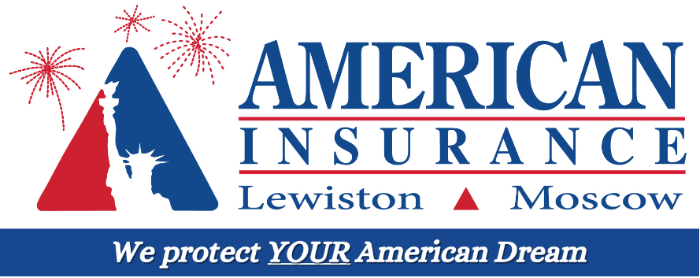Frequently Asked Questions
All You Ever Wanted to Know About Insurance
Business Insurance: Surplus Lines
General
What are “admitted” and “non-admitted” insurance companies?
Admitted Insurance Companies:
An “admitted” or standard insurance company has received a license from the state Department of Insurance for the authority to write specific lines of insurance. These companies are also bound by rate and form regulations, subject to financial examination and are strictly regulated to protect policyholders from a variety of illegal and unethical practices, including fraud. Admitted companies are also required to financially contribute to the state guaranty fund, which is used to pay for losses if an insurance carrier becomes insolvent or unable to pay the losses due to their policyholders.
Non-admitted Insurance Companies (Excess & Surplus Lines):
In contrast, a “non-admitted” or non-standard insurance company is not directly regulated by the state Department of Insurance. An Excess & Surplus (E&S) Lines insurer is not required to be licensed by the state and is allowed to do business as a “non-admitted” company if it is approved for sale on the E&S “white list”. E&S carriers are financially stable companies that are regulated in other ways.
Most states require that E&S insurers submit financial information, articles of incorporation, list of officers, and other general details. Also, they cannot write insurance that is typically available in the admitted market, their policyholders are not protected by the state guaranty fund, may pay higher taxes, may only write a policy if it has been rejected by admitted insurers, and only when the agent placing the business has a surplus lines license.
Excess and Surplus Line insurers are not bound by most of the rate and form regulations imposed on standard market companies, allowing them the flexibility to change the coverage offered and the rate charged without time constraints and financial costs associated with the filing process. This is good for both the company and the policyholder.
For a list of related E&S questions click:
What is Excess & Surplus Lines Insurance?


